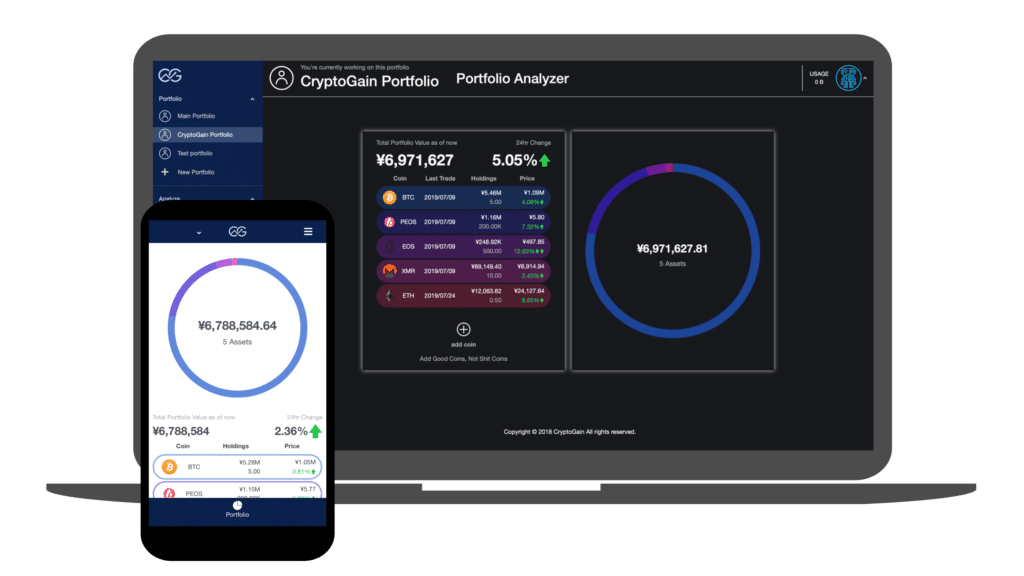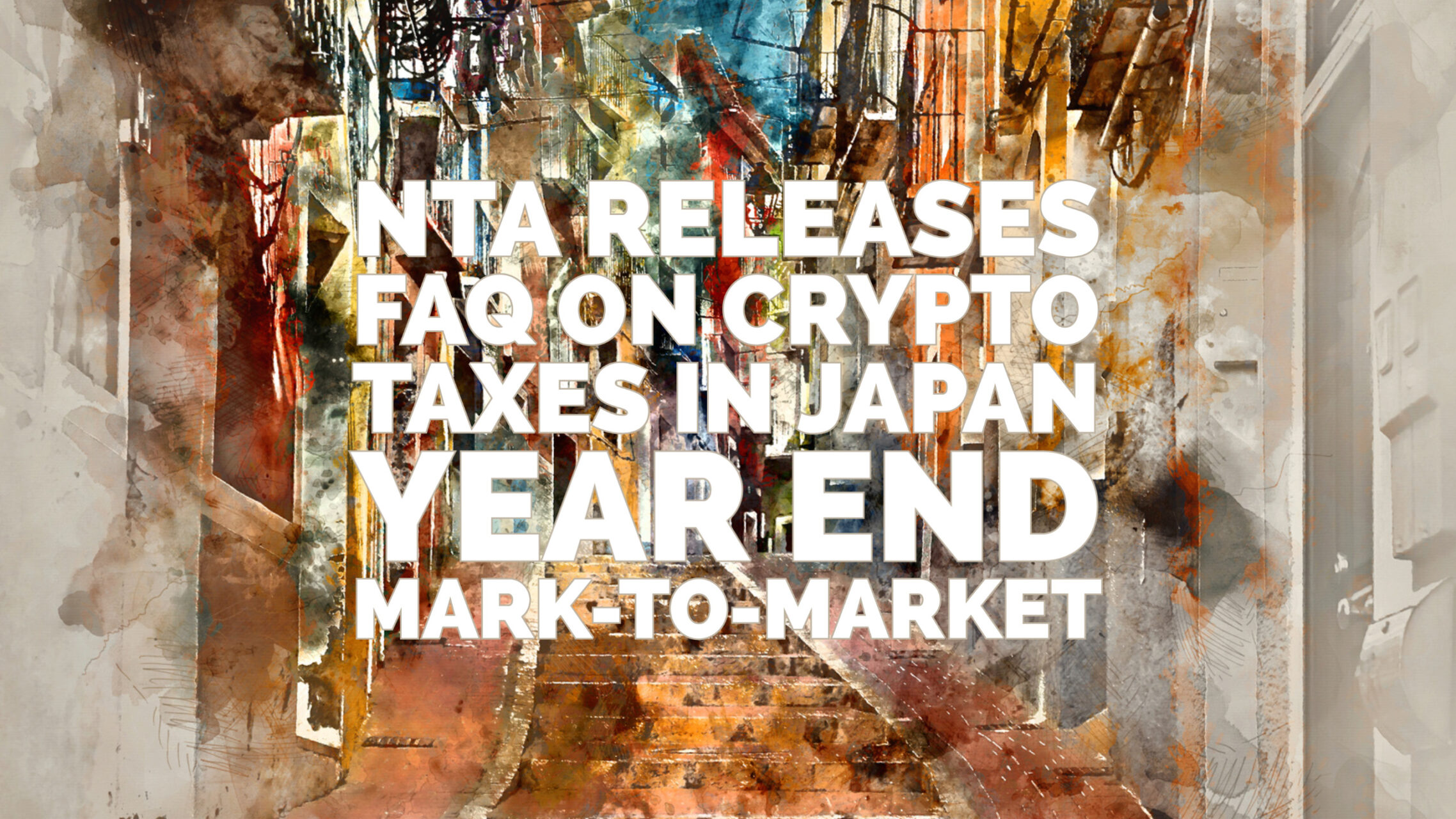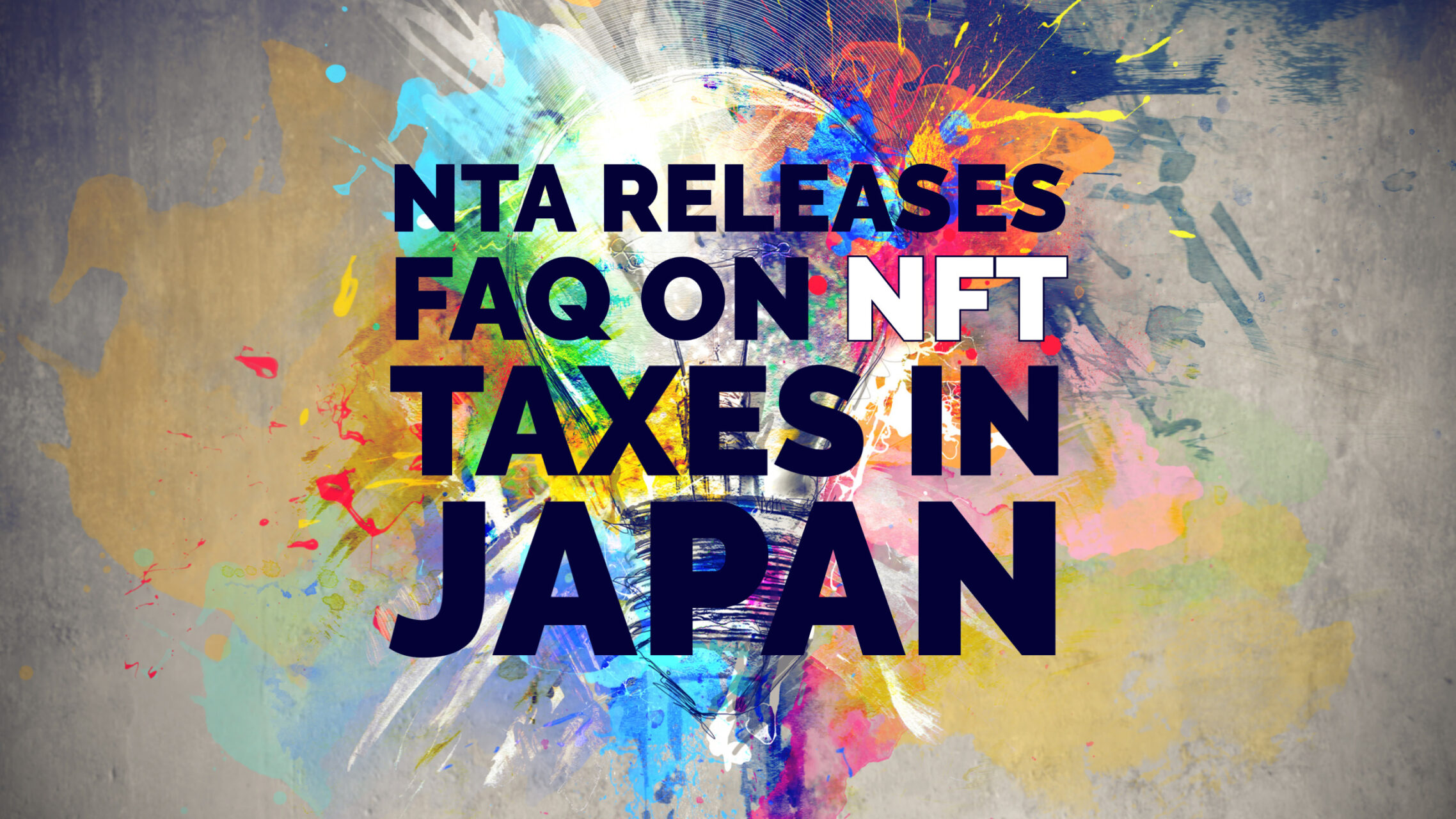Is the SEC Taking a Laissez-faire Approach in Regulating Crypto?
Supportive comments for crypto from Crypto-mom, SEC Commissioner, Hester M. Peirce
On February 8, 2019, the content of a speech given by SEC commissioner Hester M. Peirce was posted on the SEC website.
Find the full speech at the following link.
https://www.sec.gov/news/speech/peirce-regulation-view-inside-machine
https://youtu.be/TrobxlCT9AU?t=15001
The content of the speech was welcomed by the crypto community because it was full of positive ideas regarding the regulation of cryptos.
Hester M. Peirce, also known as the “Crypto-mom” from her pro-crypto stance, has always expressed an understanding towards crypto and the technology, ideals and potential behind it.
The SEC is run by five commissioners and this speech by Peirce is her own opinion and does not necessarily represent the Agency’s position.
However, a SEC commissioner’s comments, especially those that are posted on the Agency’s website, should not be taken lightly.
I’ve extracted sections of the speech and highlighted the sentences that really stood out to me.
I encourage everyone to read the original speech in its entirety.
In my opinion, it shows a path to regulation in the new age, an evolution from the original securities law that was written nearly a 100 years ago.
Excerpts from the original speech
The agency’s opportunity to rethink its approach to innovation also arises out of a decade of technological development related to blockchain and cryptocurrencies. This area has challenged many regulators around the world, and the SEC is certainly no exception. We, along with other regulators, are asking how existing rules apply in this space and whether a new regulatory framework would work better. If we act appropriately, we can enable innovation on this new frontier to proceed without compromising the objectives of our securities laws—protecting investors, facilitating capital formation, and ensuring fair, orderly, and efficient markets.
When the tokens are not being sold as investment contracts, however, they are not securities at all. Tokens sold for use in a functioning network, rather than as investment contracts, fall outside the definition of securities.
Ambiguity is not all bad, of course. We might be able to draw clearer lines once we see more blockchain projects mature. Delay in drawing clear lines may actually allow more freedom for the technology to come into its own.
Much as we regulators hate to admit it, we ought not to assume that absent the application of the securities laws to the world of tokens, there would never be any order. As Professor Lambert notes in his book, the disclosure approach built into the securities laws is designed to “prevent adverse selection by requiring informationally advantaged parties to share specified information with their counterparties.” As he explains, however, even in the absence of government directives, the informationally advantaged party may not need the government to tell it to make disclosures. The market itself sends this message; disclosure is a way to signal quality, something you want to do when you are trying to convince someone to buy your product. After an initial period of unbridled enthusiasm over ICOs, cooler heads seem to be thinking about ways to assess ICOs—to separate the wheat from the chaff. Sponsors of ICOs that want to succeed will make voluntary disclosures to signal their quality. Disclosure will happen regardless of whether the securities disclosure regime applies to ICOs. Moreover, the platforms that trade cryptocurrencies can play a role in forcing such disclosures, much as the stock exchanges did before the securities laws took effect.
There is also great interest in exchange-traded products based on bitcoin or other cryptocurrencies. As I have mentioned in the past, I am concerned that our approach with respect to such products borders on merit-based regulation, which means that we are substituting our own judgment for that of potential investors in these products. We rightfully fault investors for jumping blindly at anything labeled crypto, but at times we seem to be equally impulsive in running away from anything labeled crypto. We owe it to investors to be careful, but we also owe it to them not to define their investment universe with our preferences.
I sense an air of Laissez-faire from these statements.
Am I too naive to sense a glimpse of hope that the SEC will take an approach that would foster the healthy growth of crypto?
From the perspective of protecting investors, my view has been that the best approach is not regulation, but educating the investors.
In the past, the SEC created a fake scam ICO website (HOWEYCOINS) to spread caution regarding scam ICOs.
https://www.howeycoins.com/index.html
The aim of the website is to educate investors of common red flags of scam ICOs in a humorous and interesting way.
I think this is the correct approach.
We will follow the actions of the SEC closely, especially of commissioner Peirce (term until 2020) and see if they deliver on their promises and ideals.








